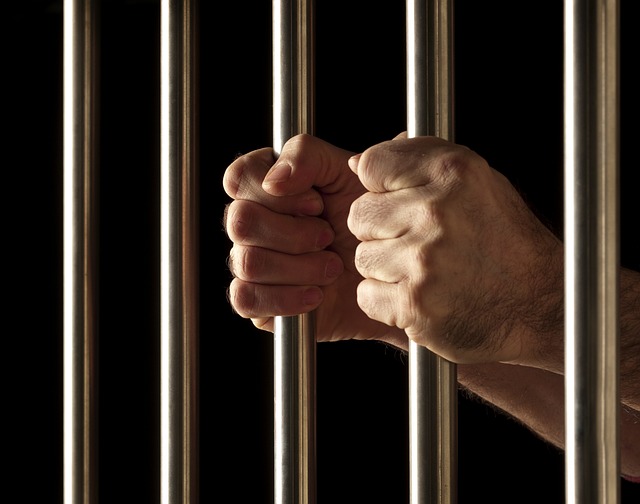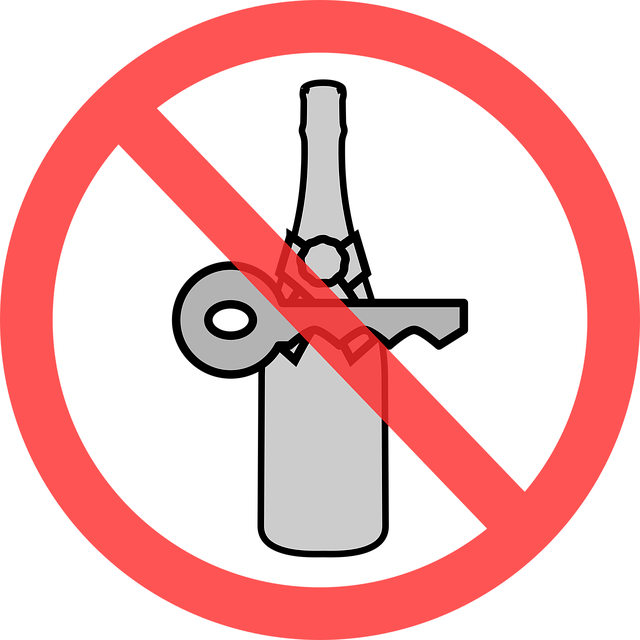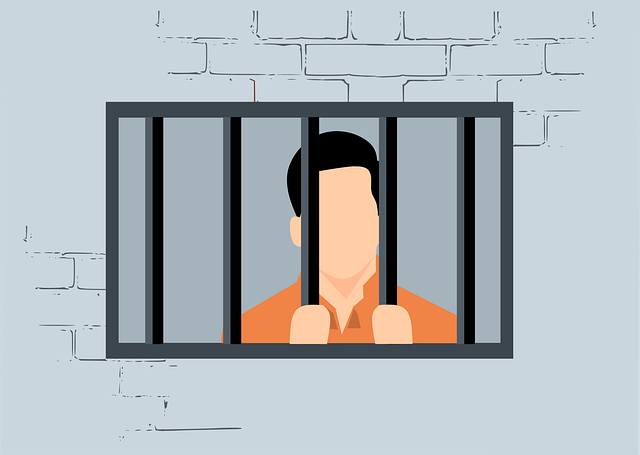Teen misbehavior is driven by unmet needs, requiring rehabilitation that addresses these causes. Community service as punishment offers a promising alternative to isolation. By engaging teens in meaningful activities benefiting communities, it fosters responsibility, belonging, and personal growth while strengthening community bonds. Tailored projects align with interests, promoting civic duty and positive long-term outcomes. Parental involvement and support systems enhance success, and progress monitoring recognizes achievements, fostering hope.
Teen rehabilitation often faces challenges, but with innovative approaches like community service, positive transformation is achievable. This article explores effective strategies for teen restoration, focusing on community service as a powerful alternative punishment. We delve into understanding adolescent misbehavior and its underlying causes, providing insights on designing meaningful programs. Engaging teens in service, fostering parental involvement, and celebrating successes are key components to getting them back on track.
- Understanding Teen Misbehavior and Its Roots
- Community Service: A Transformative Alternative
- Designing Effective Community Service Programs
- Engaging Teens: Making Service Meaningful
- Parental Involvement and Support Systems
- Monitoring Progress and Celebrating Successes
Understanding Teen Misbehavior and Its Roots

Misbehavior among teenagers is a complex issue that often stems from various underlying factors, making it crucial for rehabilitation programs to tackle these causes head-on. Many teens find themselves rebelling against authority figures or engaging in risky behaviors as a means of expressing frustration, low self-esteem, or a desire for attention—needs that may not be adequately met within their immediate environments. Understanding the roots of such misbehavior is paramount in designing effective rehabilitation strategies.
One approach gaining traction is the use of community service as punishment, which shifts the focus from solitary confinement to engaging teens in meaningful activities that benefit their communities. This method recognizes that teenagers, when given the right support and guidance, can channel their energy into constructive outlets, fostering a sense of responsibility and belonging. By addressing the underlying issues and providing positive alternatives, rehabilitation programs can effectively get teens back on track while strengthening community bonds.
Community Service: A Transformative Alternative

Community service, often considered a traditional form of punishment for teenagers, can be a powerful tool for rehabilitation when tailored appropriately. Instead of merely serving time, teens can engage in meaningful activities that benefit their communities, fostering a sense of responsibility and personal growth. This alternative approach allows individuals to contribute positively while gaining valuable skills and experiences.
By participating in community service projects, teenagers learn about empathy, social awareness, and the impact they can have on others’ lives. They develop problem-solving abilities, time management skills, and a deeper understanding of their surroundings. Unlike traditional punishments that may isolate them, community service connects teens to their communities, encouraging a sense of belonging and purpose. This transformative experience can be a game-changer in their journey towards personal development and responsible citizenship.
Designing Effective Community Service Programs
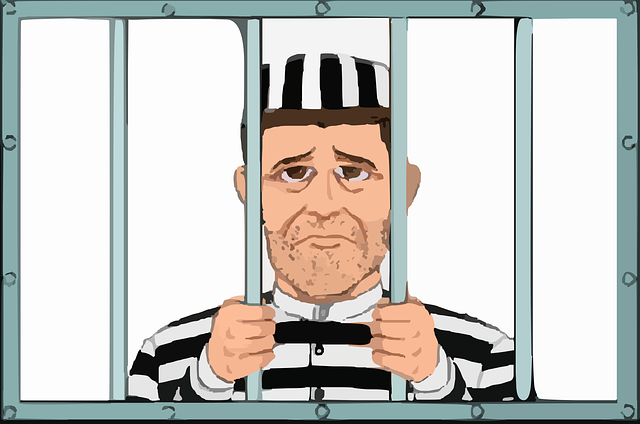
Community service can be a powerful tool for teen rehabilitation, offering an alternative to traditional punitive measures. When designed effectively, community service programs allow teenagers to give back while developing valuable skills and gaining a new perspective. Instead of isolating them from society, these initiatives engage teens in their communities, fostering a sense of belonging and responsibility.
The key to success lies in tailoring the programs to individual needs and interests. Activities such as environmental clean-up, volunteering at local shelters, or assisting with community events can provide meaningful experiences. By involving teenagers in projects that resonate with them, the likelihood of long-term positive outcomes increases. This approach not only promotes personal growth but also encourages a sense of civic duty, empowering teens to become active contributors to their neighborhoods.
Engaging Teens: Making Service Meaningful

Engaging teens in meaningful community service can transform what was once seen as a punishment into a powerful tool for rehabilitation. When tailored to their interests and skills, community service projects offer young people a sense of purpose and connection. This approach not only helps them develop a stronger sense of responsibility but also fosters a deeper understanding of the impact they can have on their communities.
By involving teens in activities like cleaning local parks, assisting at shelters for the homeless, or tutoring younger students, we shift the focus from simply enforcing rules to empowering young individuals. This form of service allows them to see beyond themselves, promoting empathy and social consciousness. It also encourages personal growth, building resilience, self-esteem, and a renewed sense of hope while back on track.
Parental Involvement and Support Systems
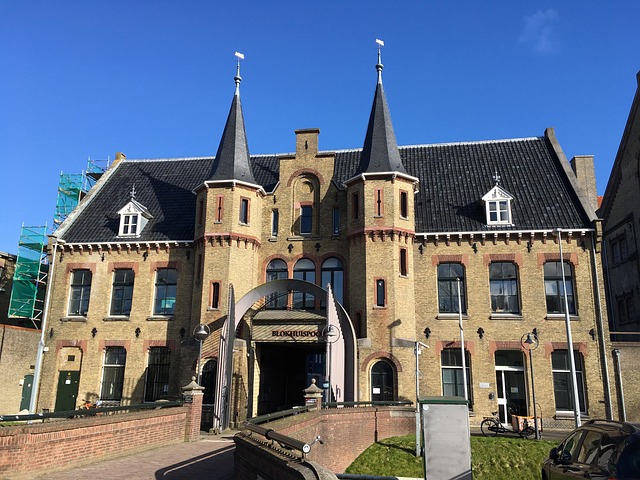
Parental involvement plays a pivotal role in teen rehabilitation, especially when it comes to getting young individuals back on track. Instead of viewing community service as merely a punishment, parents can transform it into an opportunity for growth and learning. By actively participating in their child’s rehabilitation process, parents can help them develop a sense of accountability and responsibility. This involvement might include attending counseling sessions together, engaging in shared community service projects, or simply having open and honest conversations about the challenges faced.
A strong support system is essential to ensure that teens stay on the path to recovery. Parental encouragement and consistent reassurance can boost their confidence and motivation. Moreover, fostering connections with other supportive adults within the community, such as teachers or mentors, can provide a safety net during this vulnerable period. This multi-faceted approach not only aids in the teen’s rehabilitation but also equips them with valuable life skills that will serve them well beyond this phase.
Monitoring Progress and Celebrating Successes
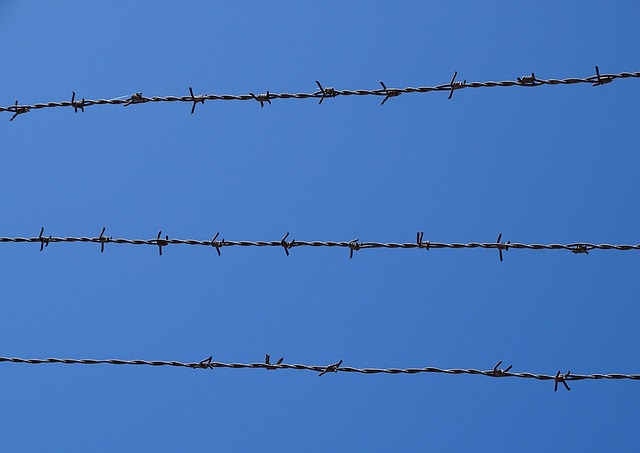
Monitoring progress and celebrating successes are integral parts of any rehabilitation process, especially for teens. It’s not just about ensuring they stay on track, but also fostering a sense of achievement and hope for the future. This includes regular check-ins with counselors or mentors to assess both behavioral and emotional growth. Community service as punishment can be effectively turned into a constructive experience where teens contribute to their communities, gaining a new perspective and a deeper understanding of responsibility. Each completed task or goal achieved should be acknowledged, no matter how small, as these victories build momentum for further progress. By recognizing and rewarding positive changes, rehabilitation centers can motivate teens to maintain their newfound paths.
Teen rehabilitation thrives when we shift from punitive measures like detention to empowering approaches like community service. By implementing well-structured programs that involve teens meaningfully, engage their support systems, and monitor progress, we can foster growth and positive change. Community service, when done right, becomes a powerful tool for transforming lives and rebuilding communities, offering a fresh start for young individuals on the path to success.

